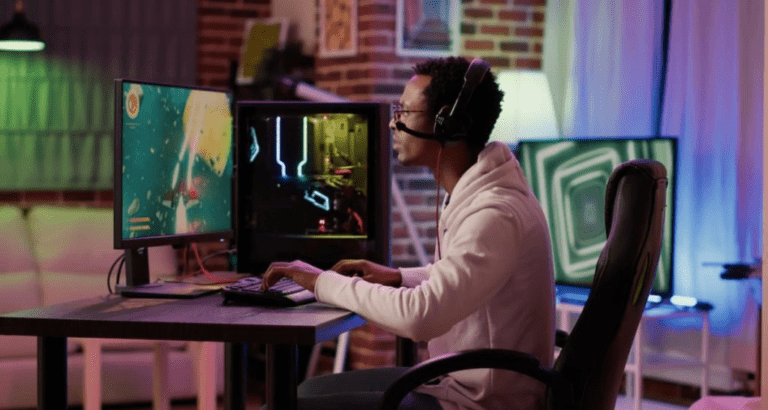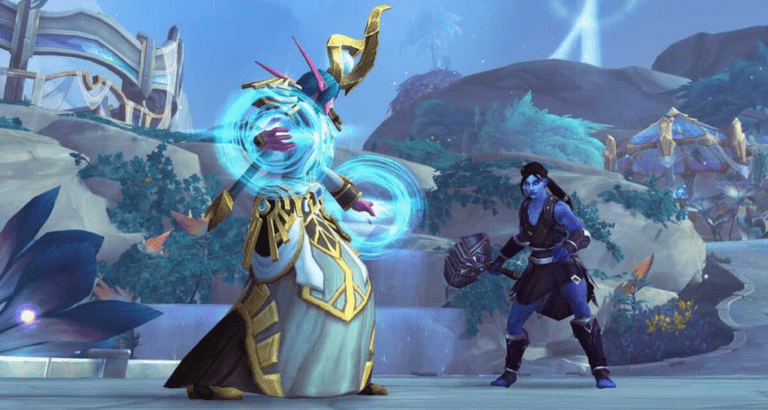When you picture video game development, you probably imagine a room full of programmers furiously typing away, maybe a level designer sketching maps, and a producer “encouraging” all his coworkers to undergo infamous crunches. Fair enough – that’s often the image we see. But do graphic designers make video games?
You bet they do! And, while it’s true that most big-budget titles are built by teams, don’t think for a second that a talented graphic designer can’t craft a game all on their own.
We’re going to break down the roles of graphic designers in game development, the essential tools they wield, whether solo development is a viable path, and touch on some common jargon. Visuals are one of the kings in the gaming world, and graphic designers are part of the royalty making it all happen.
You may also like: Can web developers make games? If yes, how so?
Do graphic designers make video games?
They can, but not necessarily will – graphic design is a vast field, a Swiss Army knife of creative problem-solving. It pops up everywhere, from designing logos and marketing campaigns to websites and mobile apps.

Game development is just one potential application of those skills, but it’s a significant one. Some graphic designers choose to specialize in it, and they absolutely do make video games.
Most of the time, they’re doing it as part of a larger team. You know how it is – massive projects require tons of personnel, and video games are no exception. That doesn’t mean a graphic designer can’t strike out on their own and develop a game from the ground up, though.
Sure, they’ll need to pick up some programming skills, learn the ins and outs of game design, and brace themselves for a long, potentially wild ride. But the possibility of bringing their unique vision to life? That’s pretty nuts.

Right, so what do graphic designers typically do in the gaming industry? Think of them as the architects of the visual experience. They’re the ones:
- Creating concept art: briefly speaking, they’re early visual blueprints of the game. They are essential to helping developers visualize the game’s world and the characters that inhabit it. You can learn more by clicking here for an article focusing on character concept art;
- Designing UI/UX elements: no one wants to wrestle with a clunky interface. Designers make sure menus, HUDs, and other interactive elements are intuitive and engaging, which ensures a smooth experience for the player;
- Developing environmental art: textures, models, and visual assets that bring the game world to life. Think of lush forests, imposing castles, futuristic cityscapes, or simple props to populate the world;
- Producing marketing materials: capturing the essence of a game in a trailer or promotional image? That’s the magic of a graphic designer at work.
You see, graphic designers are integral to the entire process, from the initial brainstorming sessions to the final polish before launch. They’re great at visual storytelling and shaping the world however they see fit.
What tools do graphic designers use in the gaming industry?
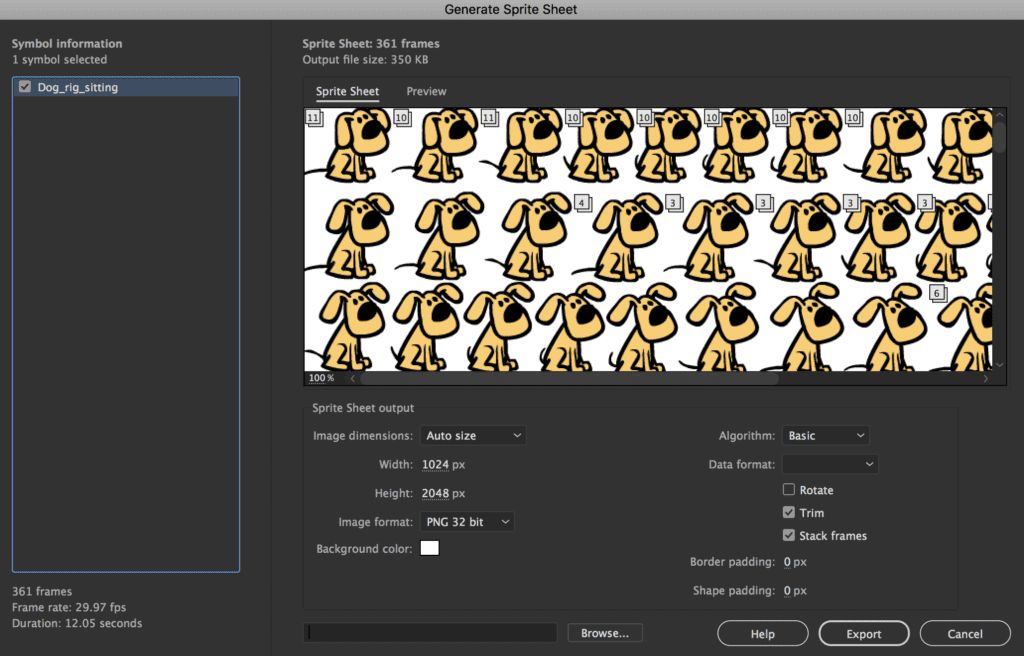
Alright, let’s peek inside the graphic designer’s toolkit. Spoiler: it’s not a fancy pen and sketchbook anymore (though those still come in handy), but a combination of powerful software and specialized hardware. So, what are the essentials?
- Image editing software (Photoshop, GIMP): these are the go-to programs for creating and manipulating textures, editing sprites (those 2D images you see in retro games), and generally tweaking anything visual;
- Vector graphics software (Illustrator, Inkscape): if you need a crisp, scalable UI element that won’t pixelate when zoomed in, you’re probably looking for vector graphics. Logos, icons, and some concept art often start here;
- 3D modeling and texturing software (Blender, Maya, Substance Painter): bringing characters and environments into the third dimension requires these heavy hitters. Designers sculpt, texture, and refine 3D assets until they’re ready to populate the game world;
- Game engines (Unity, Unreal Engine): these aren’t just for programmers! Designers use them to import their assets, create visual effects, design levels, and generally see their creations come to life in an interactive environment;
- Hardware: a graphics tablet (like a Wacom) is a game-changer for creating detailed artwork. High-resolution monitors are a must for seeing every nuance – and a powerful computer is non-negotiable for handling these demanding tasks, especially in higher resolutions or within game engines;
Keeping your software up-to-date is crucial, but let’s be real – knowing all the latest techniques is a never-ending quest. And always, always be thinking about that balancing act between jaw-dropping visuals and smooth performance!
Game development jargon for graphic designers
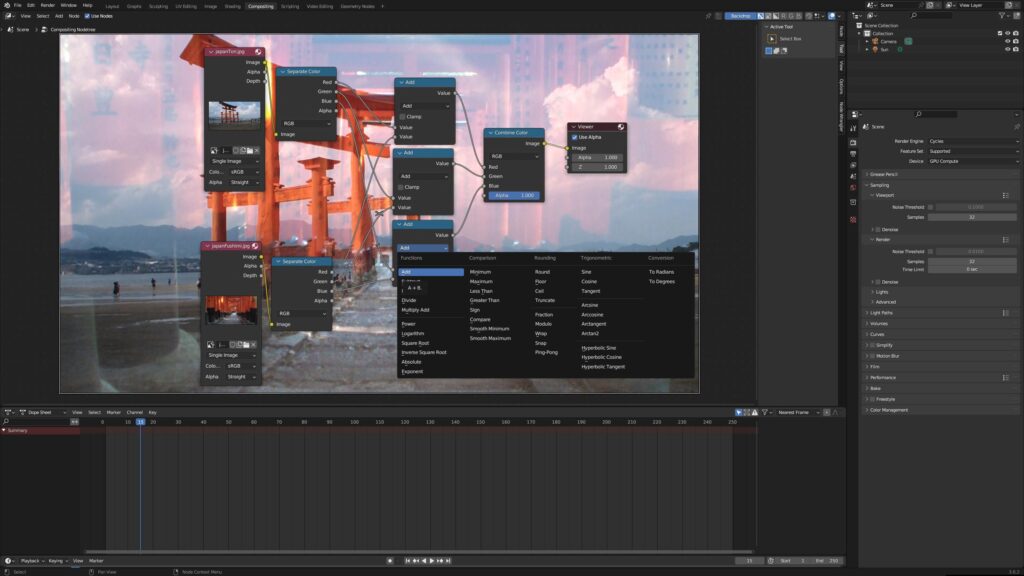
Now let’s talk about some of the lingo that’s going to pop up constantly if you’re a graphic designer but new to game development. Think of this as a cheat sheet to avoid those “deer in the headlights” moments in meetings:
- User Interfaces (UI): this is everything the player interacts with on-screen – menus, health bars, dialogue boxes. Graphic designers collaborate with game designers and UI/UX pros to make these elements both functional and visually appealing;
- Sprites: remember those old-school 2D games? Sprites are the individual images or animations that make up characters, objects, and backgrounds. Creating them involves meticulous pixel-by-pixel work;
- Tile sets: instead of drawing every single brick in a wall, developers use tile sets – collections of smaller images that can be repeated to build larger environments. It’s efficient, visually consistent, and exceptional for procedural generation;
- Parallax scrolling: have you ever noticed how backgrounds in 2D games seem to move at different speeds, creating a sense of depth? That’s parallax scrolling. Designers carefully layer images to create this illusion of distance;
- Shaders: these are programs that control how surfaces look in 3D games. Designers can use them to create realistic materials, special effects like fire or water, and all sorts of visual magic;
- UV Mapping: imagine peeling the skin off a 3D model and laying it flat. That’s essentially what UV mapping does. It’s the process of applying a 2D texture to a 3D surface, and it’s essential for getting textures to look right.
Why bother learning all this jargon? Because it helps you communicate clearly with the rest of the team – the programmers, the level designers, the sound artists. The better you understand the technical constraints, the better your design decisions will be.
Working in a team vs solo game developer as a graphic designer

So, you’re a graphic designer with a passion for games. Now what? You’ve got two main paths to consider: joining a team or going it alone.
Working with a team has its perks. You get to collaborate with other specialists, learning from their expertise. The environment is usually more structured with clearer responsibilities. On the flip side, you might have less creative control, and the pace can sometimes feel a bit slow unless you’re in a crunch. Plus, the big downside: less credit if the game becomes a hit!
Then, there’s the allure of solo game development. Complete creative freedom – you get to call all the shots! Of course, you also have to handle every aspect of development, from coding and ensuring an awesome gaming experience to marketing. It’s a massive undertaking, no question.
By the way, game jams – those short, intense bursts of development – can be a great way to dip your toes in the water as a graphic designer. Also, don’t forget to check out some online communities or tutorials online if that’s how you learn best.
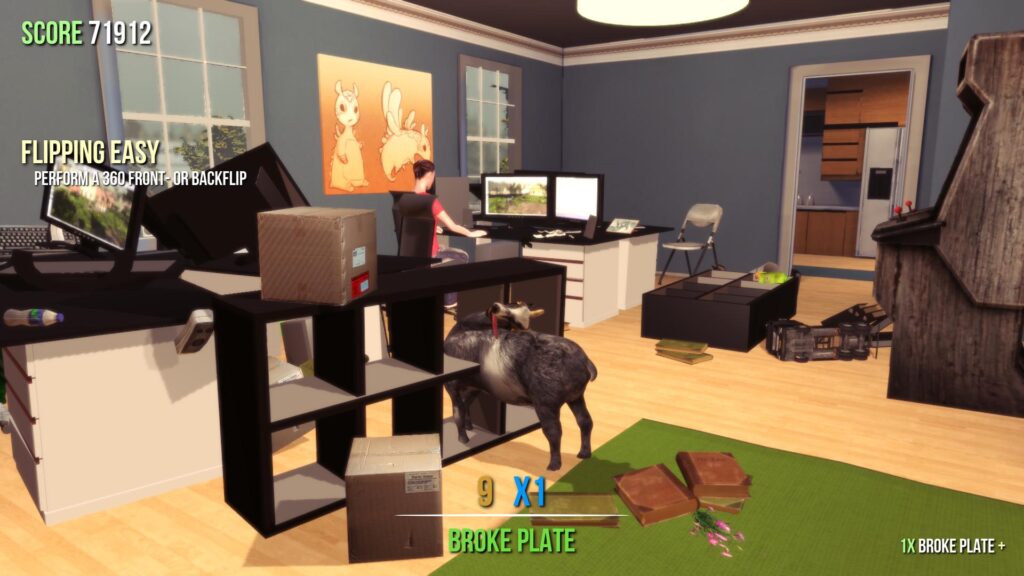
Graphic designers make games, if they want to!
Whether they’re crafting stunning concept art, designing intuitive interfaces, building immersive environments, or doing everything by themselves, the skills of a graphic designer in game development are in high demand.
You can choose to join a team or strike out on your own. The gaming industry is an exciting place right now, and the need for graphic designers is only going to grow. If you’re passionate about games and have a knack for visual design, now’s the time to jump in and start learning!
At Main Leaf, we’ve spent over a decade building worlds and memorable gaming experiences, fueled by a team of passionate and talented professionals. Whether you’re looking for quick, cost-effective solutions for game development, need help with 3D modeling, concept art, or even exploring blockchain gaming, we’ve got you covered.
We offer a full suite of services, including flexible outsourcing options, so let us bring your vision to life! Contact us below to expand your reach as a graphic designer in game development.
